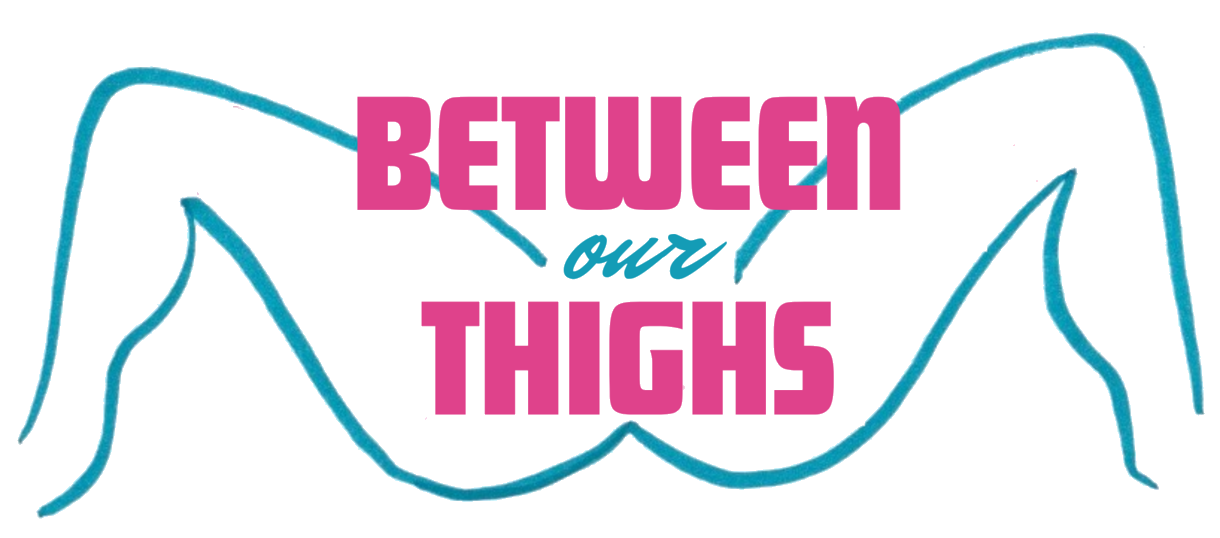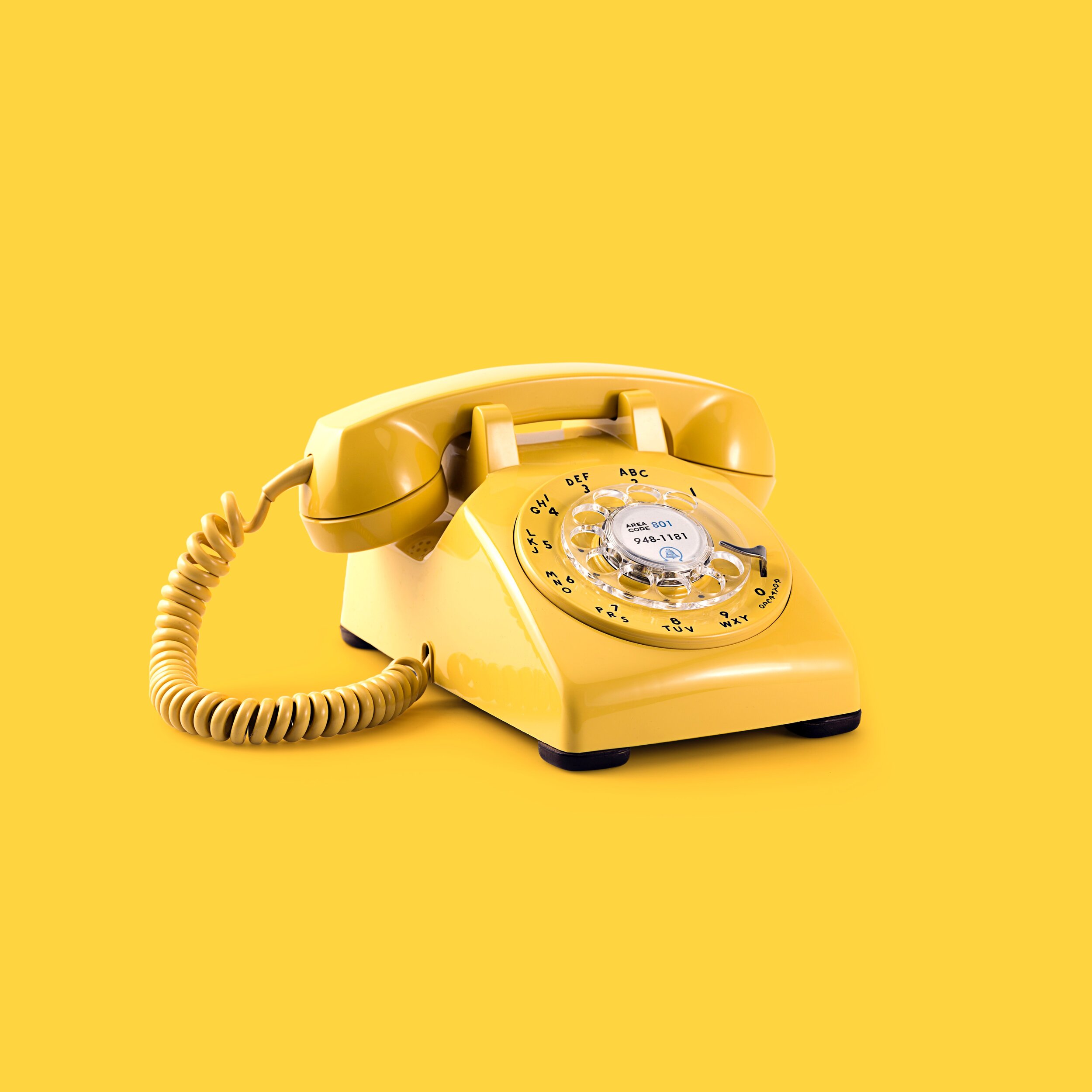Fetish Friday: Objectum Sexuality
The word kink describes any ‘non-conventional’ practises that a person takes part in, including the fantasies they have. However, Fetish explains the object of their sexual fantasies, whether it’s a living being or an inanimate object (the latter of which we’ll talk about today). When considering these two definitions, both are often perceived as off-limits from the viewpoint of prescribed societal norms.
Fortunately, the world has become increasingly sex-positive over the years and, consequently, many fetishes and kinks are now considered ‘normal.’ Yet, not every fetish (or fetishes) that a person has is always understood, thanks to varying subcultures that often branch from a single fetish or kink. This can leave outsiders uncertain of what it involves.
Today, we’re delving into the topic of objectum sexuality — also known as objectophilia — to help remove the misperceptions and uncertainties surrounding the topic. We hope that it will give you a better idea of what it’s like to experience this fetish and what someone who takes part in it is into.
What is objectum sexuality?
Objectum sexuality, also known as object sexuality or objectophilia, can be described as a sexual attraction or romantic attachment towards a specific inanimate object, or a group of like items. These are often referred to as “beloved objects.” As just one example, someone may be attracted to their personal car, or they might be attracted to all cars of that make and model. Possibly, they might be attached to all yellow cars, regardless of its manufacturer. It varies from person to person.
Common misconceptions
Not everyone with objectophilia wants to have sex with the object. There are some people with objectum sexuality who do, but not every with objectum sexuality wants to. As well, being an objectophile does not mean that the person is not also attracted to human beings. They can partake in a relationship with both a person and an inanimate object in the form of polyamory.
How to talk about it with your partner
Talking to your partner about your kinks and fetishes is important in any relationship, as it not only allows for you both to be more open and honest with one another, but it also provides an opportunity for your significant other to help you explore it further (if that’s what you both want). Be clear with your partner about what object(s) you are sexually or romantically attached to and how you feel it may affect your relationship. If needed, also discuss how it can be integrated into your everyday lives or sexual play!
Things to try
While the specifics of what you can do if you have this kink vary depending on your level of attraction (including how attracted you are to the object), there are some things folx with objectum sexuality could try out. Talking with the beloved object is a great starting point, as is spending more time with it. The more you feel comfortable and understand your feelings, the more apparent it will become to you how you want to move forward.
Are there risks to consider?
Fortunately, there are typically no pregnancy risks associated with a sexual or romantic attraction to inanimate objects, nor the risk of contracting sexually transmitted infections (STIs), even if one engages in sexual activities with it. That is, unless another person with an STI has engaged with it sexually prior to you.
However, if you are engaging in these acts publicly, keep in mind that the Criminal Code of Canada states that “everyone who wilfully does an indecent act in a public place in the presence of one or more persons, or in any place with intent to insult or offend any person is guilty of an indictable offence.”
How can I learn more?
To learn more about this fetish in a general sense, there are plenty of useful online resources that you can reference. However, spaces like chatrooms and even particular social media accounts can be a great place to connect with and learn from a community of like-minded folx who have an attraction to a specific object (whether it’s an amusement park ride, article of clothing, building, toy, machines, statues, water, musical instruments — anything).
We hope that you now have a deeper understanding of what objectophilia is and what it entails. Should the subject ever come up in future conversations you have, we hope you will feel more open to speaking about it confidently and knowledgeably. Whether it’s understanding the fetish from someone who engages in it themselves or educating another person who may be closed off to the idea, we feel that we have done our job to help make the world a more sexually inclusive place.
Have you experienced a sexual or romantic attachment to inanimate objects before? Is objectum sexuality (and objectophilia) something that you think you might one day experience? Let us know your thoughts in the comments below.




